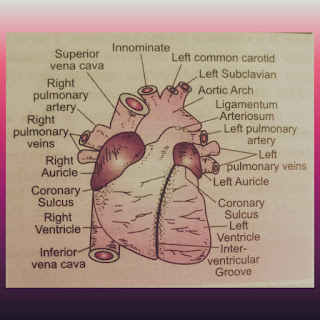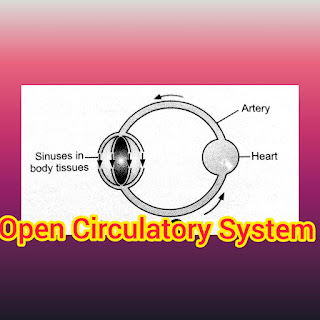What is Endoplasmic Reticulum (ER) ?
The Endoplasmic Reticulum consists of interconnected membranous cisternae , tubules and isolated vesicles . It present in almost all eukaryotic cells but it does not present in prokaryotic cells . The endoplasmic reticulum helps in the exchange of materials between the cytoplasm and the nucleus . Their are the two types of endoplasmic reticulum :-
1) Smooth Endoplasmic Reticulum (SER)
2) Rough Endoplasmic Reticulum (RER)
-> Smooth Endoplasmic Reticulum (SER):- It consist tubules and vesicles . Smooth ER is free of ribosomes . It is present near to the cell membrane . SER takes part in the synthesis of lipids, glycogen and steroids .
-> Rough Endoplasmic Reticulum (RER) :- It mainly consist of cisternae . In RER , it bears ribosomes on its cytoplasmic surface . It is present deep in the cytoplasm . RER takes part in the synthesis of proteins.
Common Functions of Endoplasmic Reticulum :-
1) The Endoplasmic reticulum helps to transport the material from one part of cell to another part of cell .
2) The Endoplasmic Reticulum offers extensive surface for synthesis of a variety of materials.
3) It provide the space for temporary storage of synthetic products such as glycogen .
Reference book- Pradeep's Biology Text Book .


.jpeg)


Comments
Post a Comment